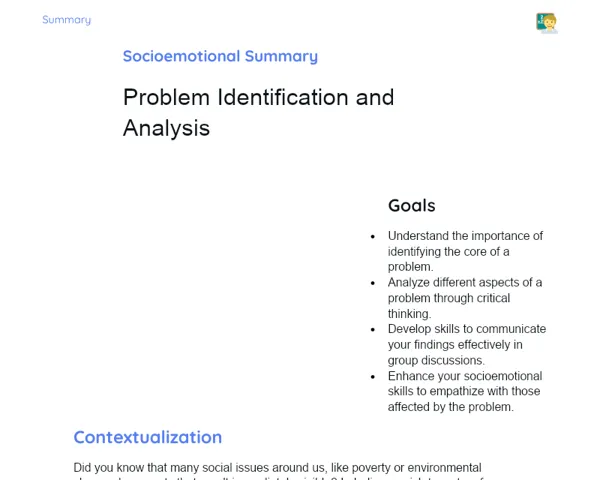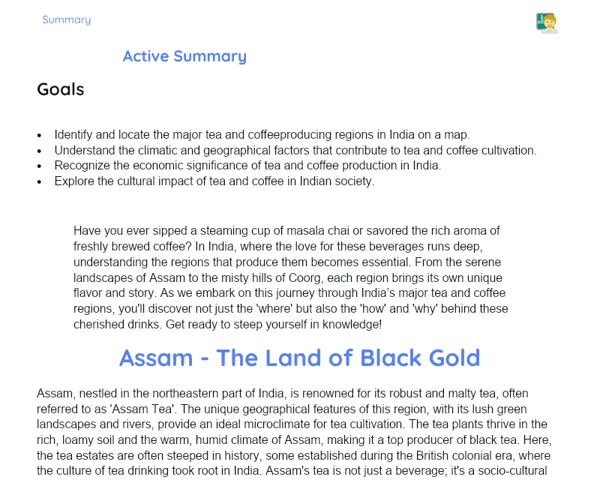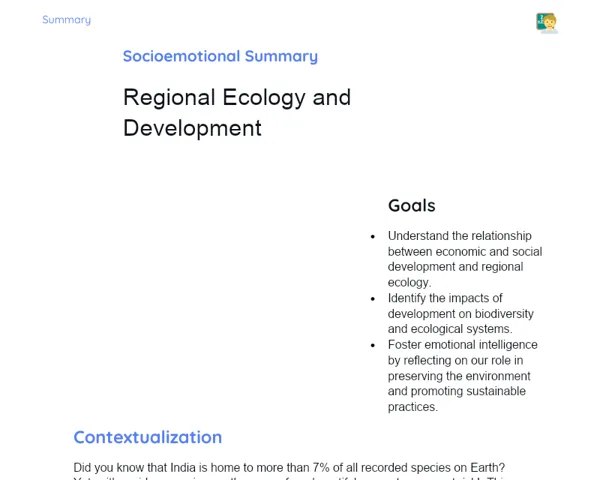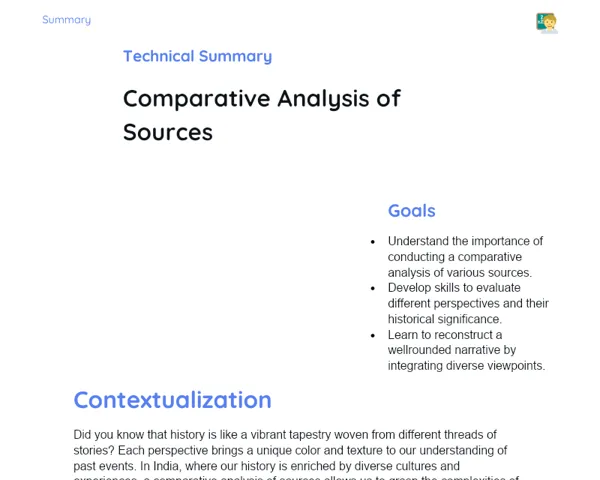Objectives
1. Understand the economic reasons driving deforestation, including agriculture and urban development.
2. Explore the social factors that contribute to forest loss, such as population growth and migration.
3. Identify environmental impacts caused by deforestation, including climate change and biodiversity loss.
4. Develop critical thinking skills to analyze the interconnectedness of these causes and their implications.
Contextualization
In our vibrant land filled with lush forests and diverse ecosystems, the topic of deforestation strikes a chord with each one of us. Our very own forests in India, like the Sundarbans or the Western Ghats, are invaluable treasures that provide us with resources, shelter countless species, and support the livelihood of millions. Yet, as we stride into the future, we face the pressing challenge of balancing development with conservation. Understanding the causes of deforestation is crucial not just for environmental sustainability, but for the well-being of our communities as well. Let's embark on this journey together and uncover what drives us to the edge of losing these precious resources!
Important Topics
Economic Drivers of Deforestation
Economic drivers form a substantial part of the discussion around deforestation. The most prominent among these is agriculture. In India, rapid population growth has led to an increase in the demand for food, resulting in the conversion of forests into agricultural land. Extensive monoculture plantations, such as palm oil or rubber, create short-term economic gains, but they often come at the cost of biodiversity and long-term ecological balance. Urban development is another key driver, with cities expanding into forested areas. Housing and infrastructure projects promise economic growth but disregard the environmental costs. Understanding these economic motivations helps us assess the balance between development and nature conservation.
-
Agricultural Expansion: As India embraces modernization, agricultural expansion into forested areas is common, which often leads to habitat loss for numerous species and disrupts local ecosystems.
-
Urban Development: The rising trend of urbanization is transforming forest land into urban spaces, which can lead to increased pollution and loss of green cover.
-
Economic Growth vs. Environmental Health: It is crucial to explore how immediate economic benefits can overshadow the long-term consequences on our forests and their invaluable services.
Social Factors Impacting Deforestation
Social factors play a pivotal role in how deforestation unfolds. Issues like population growth and migration drive many communities towards forested areas in search of livelihood and better living conditions. Meanwhile, poverty often forces people to rely on forests for resources like firewood and timber, further exacerbating the problem. The displacement of indigenous communities due to industrial activities can lead to significant cultural loss and alter the stewardship of the land. Recognizing the social layer of deforestation allows us to empathize with affected communities and understand their connection to forests.
-
Population Growth: The increasing population exerts pressure on land resources, pushing communities to encroach upon forest land for survival.
-
Local Livelihoods: Many rural families depend directly on forests for their daily needs, leading to over-exploitation of these crucial ecosystems.
-
Cultural Displacement: The social fabric of indigenous populations is intimately tied to forests, and their displacement can lead to a loss of knowledge about sustainable practices.
Environmental Consequences of Deforestation
The environmental consequences of deforestation are severe and far-reaching. As trees are removed, carbon sequestration decreases, contributing to climate change and extreme weather patterns. Biodiversity loss is another critical issue; countless species lose their habitats, leading to extinction. The disruption of water cycles and soil degradation are also notable effects. In regions like the Western Ghats, where endemic species thrive, deforestation can threaten entire ecosystems, reducing nature's ability to recover. Understanding these consequences can motivate us to advocate for sustainable practices and policies aimed at preserving our precious forests.
-
Climate Change Acceleration: Deforestation contributes to increased carbon emissions, exacerbating global warming and its associated impacts.
-
Loss of Biodiversity: The destruction of habitats leads to species extinction, impacting the balance of ecosystems and their resilience.
-
Soil and Water Cycle Disruption: Trees play a vital role in maintaining soil health and regulating water cycles; their absence raises the risk of floods and soil erosion.
Key Terms
-
Deforestation: The permanent removal of trees to make room for something other than forest, often leading to habitat loss and environmental degradation.
-
Monoculture: The agricultural practice of growing a single crop species over a large area, which can lead to biodiversity loss and soil depletion.
-
Urbanization: The process whereby populations move from rural to urban areas, often resulting in rapid growth of cities and the encroachment on natural habitats.
For Reflection
-
How can we balance economic development with the need for environmental conservation? Consider examples from our local communities.
-
What role does education play in changing the perceptions of deforestation among the youth of today? Think about initiatives that could be promoted in schools.
-
In what ways can you personally contribute to reducing deforestation in your community? Reflect on practical steps you can take.
Important Conclusions
-
Deforestation is driven by a mix of economic, social, and environmental factors that are interlinked and impactful.
-
Economic drivers such as agriculture and urban development often overshadow environmental health, leading to long-term consequences.
-
Social factors, including population growth and poverty, force communities to exploit forests for survival, revealing the complex relationship between people and nature.
-
The environmental consequences of deforestation—like climate change, loss of biodiversity, and disruption of the water cycle—highlight the urgent need for sustainable practices.
-
Understanding these causes empowers us to become advocates for our forests, ensuring a balance between progress and preservation.
To Exercise Knowledge
Create a 'Forest Impact Journal.' Over the next week, observe your local environment and note instances of deforestation or changes in landscape. Reflect on what causes these changes and their potential impacts on the ecosystem. Write a short report summarizing your findings and solutions you might propose to reduce deforestation in your area.
Challenge
How about a 'No Plastic Week'? For the next week, challenge yourself to avoid single-use plastics and instead use reusable items. Document your journey through photos or a daily diary. How does this relate to the broader theme of environmental conservation and reducing deforestation? Share your reflections with the class!
Study Tips
-
Use visual aids: Create mind maps linking economic, social, and environmental factors of deforestation to reinforce your understanding.
-
Discuss with family: Share what you’ve learned about deforestation with your family or friends and see their perspectives. It enriches your understanding!
-
Connect with nature: Spend time outdoors, observing local trees and ecosystems. Reflect on how they contribute to your community and the importance of preserving them.



